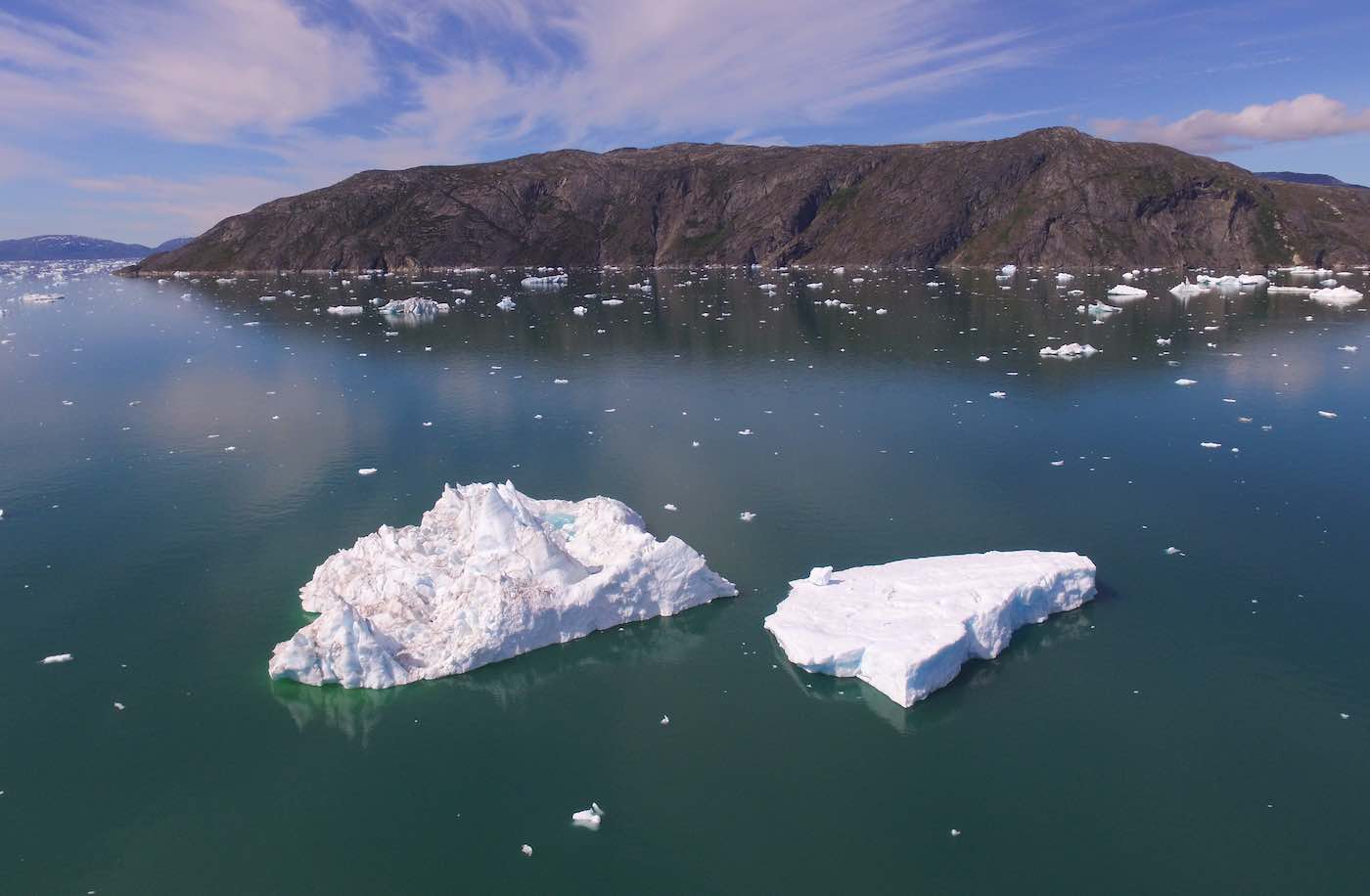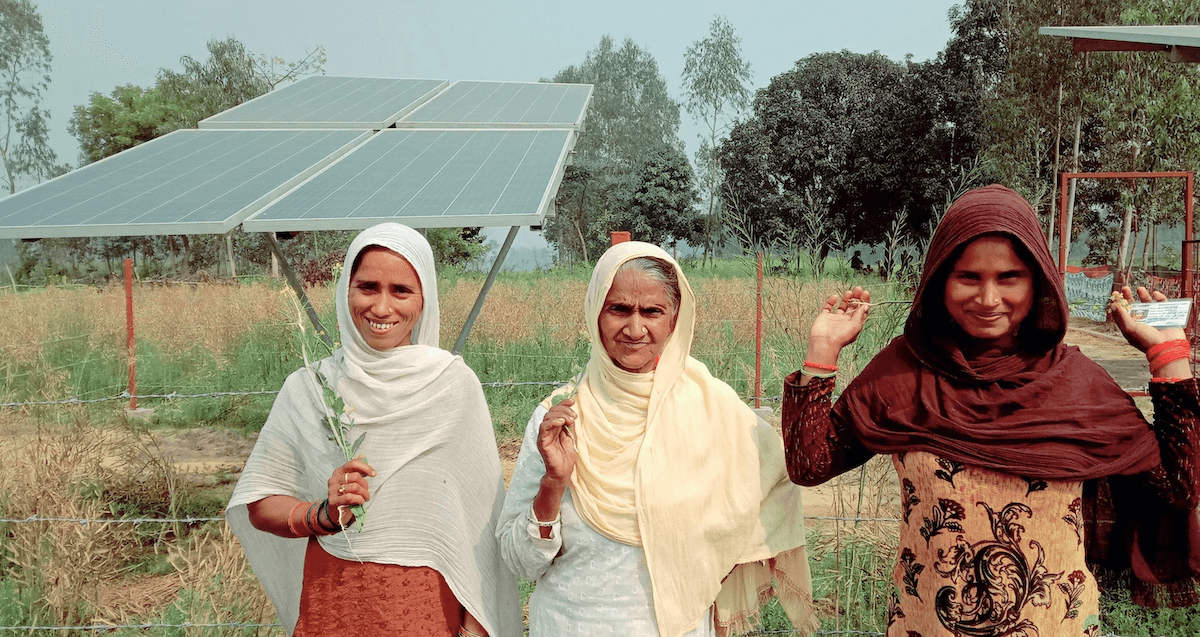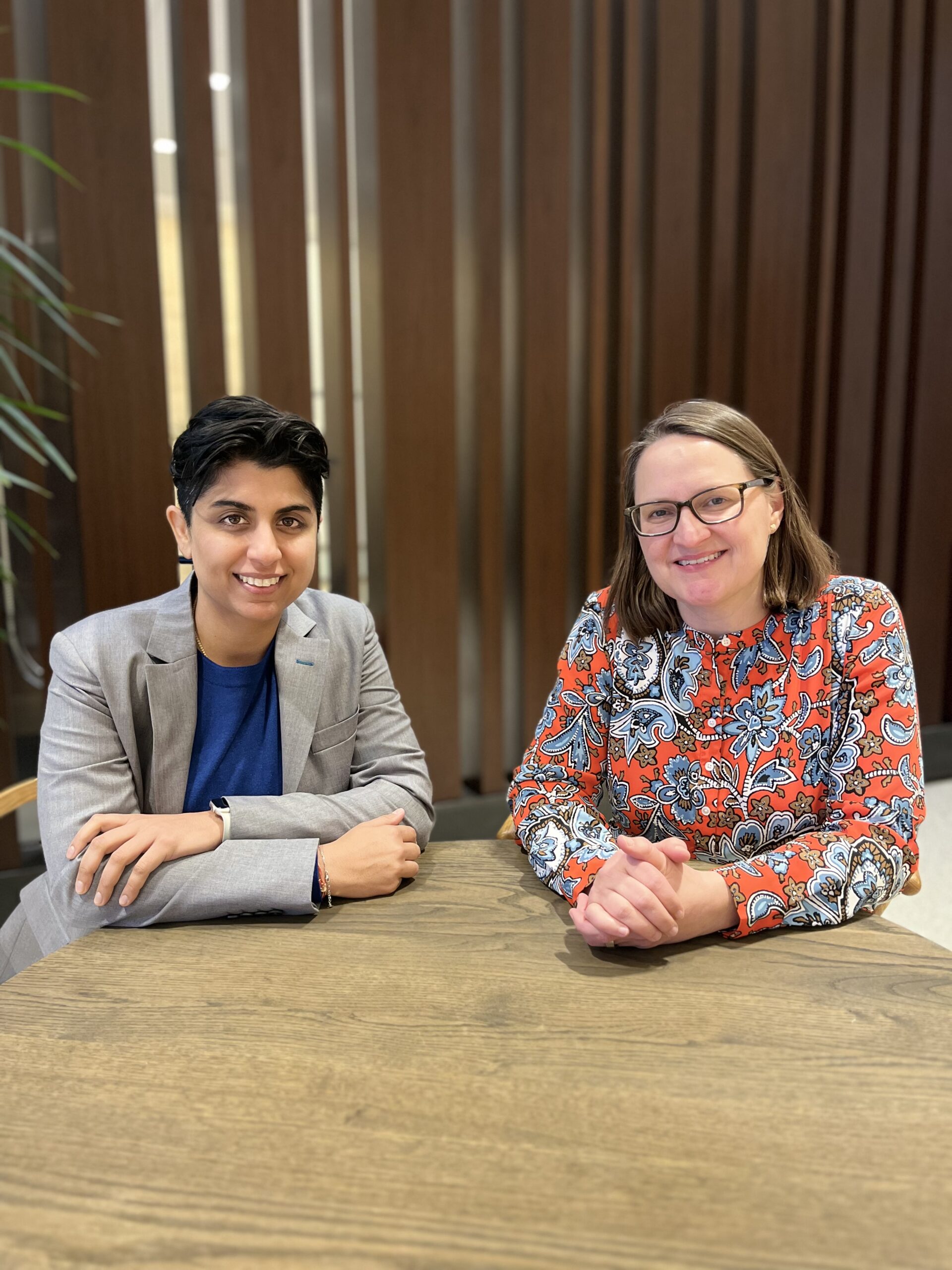ImpactAlpha, June 17 – Fifteen years after An Inconvenient Truth alerted audiences to the climate crisis, the world is even closer to the irreversible precipice. “In 2021, we are all climate investors, because the climate emergency is having an impact on everything,” said the Global Impact Investing Network’s Amit Bouri, kicking off the GIIN’s “Next Normal Now” virtual convening on climate action.
Global climate financing has been stuck around $600 billion a year, according to Climate Policy Initiative data.
What’s needed: patient, risk-tolerant capital and blended-finance solutions to drive more investment into clean energy, climate tech and nature-based solutions that help communities adapt to the changes already underway.
“The world needs a lot more of what impact investing has to offer,” said Bouri.
Institutional shift
The key to unlocking the trillions needed for climate action? Address institutional investors’ needs for safe, simple, and scalable products, said CPI’s Vikram Widge in a session on scaling institutional capital through catalytic structures. One example: Climate Investor One, a Netherlands-based graduate of CPI’s Global Innovation Lab for Climate Finance, helps unlock institutional capital for clean energy project developers in emerging markets through a pooled refinance fund.
Credit Suisse’s newly launched $318 million Climate Innovation Fund will invest in early-stage climate tech, a rarity for a bank. The fund will do that via ten global venture funds focused on decarbonizing food and agriculture, manufacturing and consumer goods, and mobility and urbanization.
“We put it together as a fund of funds structure, which solved a lot of challenges around risk and scale,” said the bank’s James Gifford.
One of the biggest capital gaps is for funding climate adaptation in emerging markets. “There’s probably a higher sense of perceived risk compared to the real risk,” said Serena Guarnaschelli of impact investment firm KOIS. “We’re in a transition phase that catalytic can capital can bridge.”











